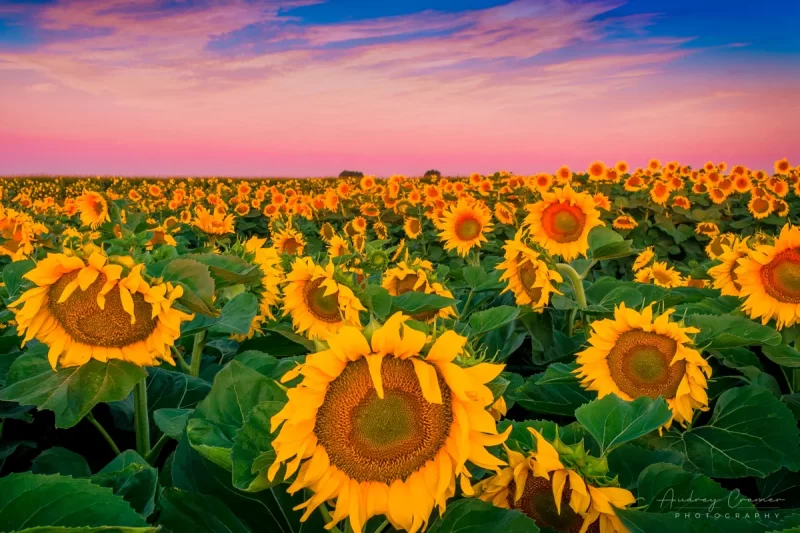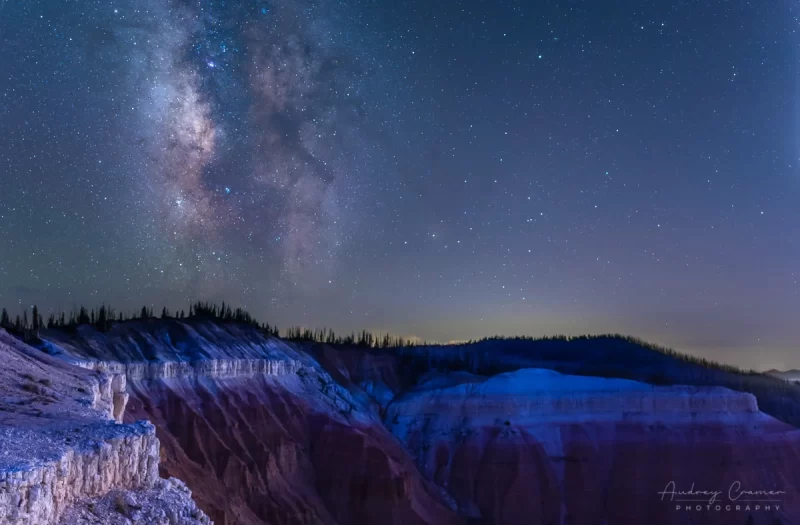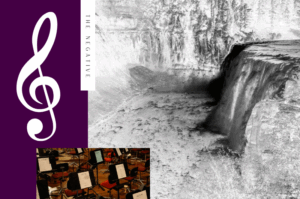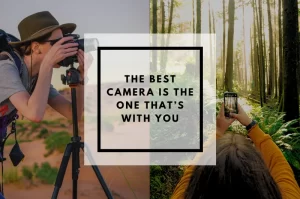As a photographer, I tried several different photography genres before I discovered which I prefer. I chose landscape photography. In some ways, I gave myself the supreme test any photographer can: landscape photography. Want to know why? Keep reading to find out.
I’ll start with this quote to help clarify my topic.
“Landscape photography is the supreme test of the photographer – and often the supreme disappointment.”
― Ansel Adams
Now, I had to stop and think about this when I first read it. The second half didn’t quite make sense to me at first. I enjoy landscape photography. Still, I pondered on the meaning which the great master of landscape photography laid out. Then I came to my answer. Landscape photography can indeed be a supreme test and a supreme disappointment.
Why Landscape Photography is a Supreme Test
Let’s start by comparing photo studio photography to landscape photography. Photo studios have lots of controls. You control the number of lights, the angle of the light, the brightness or dimness of the light, and more. The photographer chooses the paint or backdrop color/pattern. Subjects pose or can be posed. You control the weather meaning you can add rain or wind if you choose. However, most studio photo shoots don’t include elements of weather. You control the temperature. You know exactly where to set up your camera and tripod for the best results. There’s plenty of opportunity for re-shoots if necessary. You can use as much heavy equipment as you need to get your shot. In short, studio photography is very controlled photography for a very controlled, specific, and consistent result.
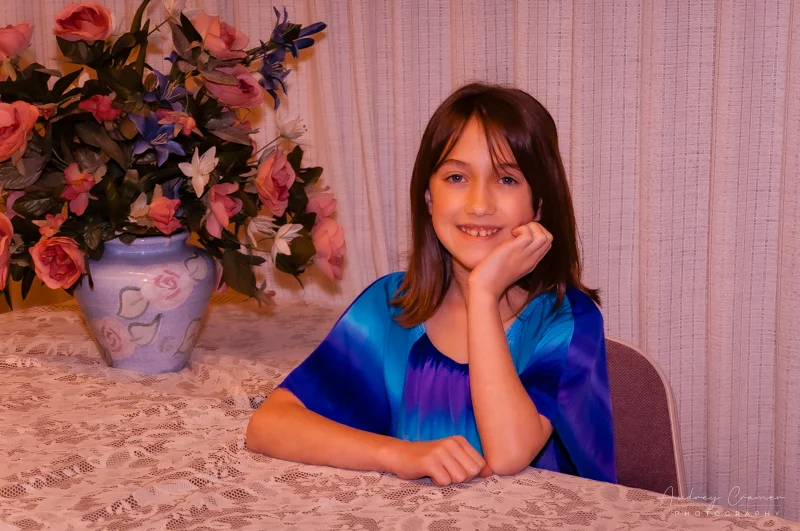
Now let’s look at landscape photography. The photographer doesn’t control the weather. Come rain, shine, wind, snow, hail, etc., you’ll find yourself enduring all sorts of conditions for your landscape photography. Also, there’s only one light source bright enough to light up the entire landscape: the sun. It moves in its appointed orbit across the sky without deviation. If you’re not prepared at the right time, then you’ll miss your shot. Also, clouds play a factor. Only the wind controls the clouds. If you want bold and dramatic skies in your photos, you must watch the skies. Also, clouds can hide the Milky Way, the sun, etc. The clouds dictate what landscape photos you may take at a given time. Furthermore, photographers don’t control terrain. Some locations require hours or days of hiking to reach. You don’t want heavy camera gear so you must restrict what you carry with you.
Now you might be wondering what a landscape photographer CAN control. The answer is a very short list. A landscape photographer can control:
- where they stand/sit/squat (including how high up/low to the ground)
- when they stand there (what time of day/night, what day/week/month/year/season/etc.)
- what camera gear they bring/use (within weight limit tolerances) and how they use it
- what they include/do not include in the camera frame
Really and truly, that’s it. That’s all a landscape photographer can control on a photo shoot. That sure sounds like a supreme test to me. I have very few variables I control. The rest is up to nature. Basically, I research and prepare what little I can and then hope for good luck. The truly supreme test of me, as a photographer, is what I can do given all these handicaps (if you will).
Why Landscape Photography is Often a Supreme Disappointment
So, now you have some idea why landscape photography is often a supreme test. Can you fathom why it might become a supreme disappointment? If not, I’m ready to explain it for you.

Since you already know several variables which I do not control, can you imagine how disappointing it is when the moon hangs squarely in the middle of the Milky Way’s bright spot? I can’t take Milky Way photos then. The moon washes it all out. How about when I want dramatic colorful skies but there’s not a cloud in the sky to be found? What do you think I do when there’s risk of flash floods in the area? This is only the tip of the iceberg when it comes to problems I face on a landscape photography shoot.
I plan and prepare for landscape photography photo shoots. I charge batteries and keep space on my SD cards open. Also, I research places to go and where exactly to stand. I pack my camera bag with all the gear I think I might need but will not slow me down. I check when golden or blue hour starts and watch the clock until it’s time. In short, I do everything on my end which I can but I still can’t control the most important aspects of my planned photos. I’ve endured rain, sun, cold, snow, and more all for a photo. Still, I’ve come back many times with nothing worth showing. I’m not going to lie. It’s SOOO disappointing. But I keep at it.

Mixed in with those many disappointments are some successes. There are even some lucky shots too. So, landscape photography remains a supreme test for me too.
Conclusion
With all these variables which I do not control, it’s a wonder that I (or anyone else for that matter) choose to pursue landscape photography. It’s so difficult to be consistent when the world around you is always inconsistent. Still, I enjoy the challenge of the supreme test. Every so often, I get lucky and the elements cooperate with me for the ultimate landscape photography picture like some of these depicted here.
So now, over to you. What do you think? Do you think that landscape photography is the supreme test of a photographer? How about also a supreme disappointment? Share your thoughts in the comments section below.



